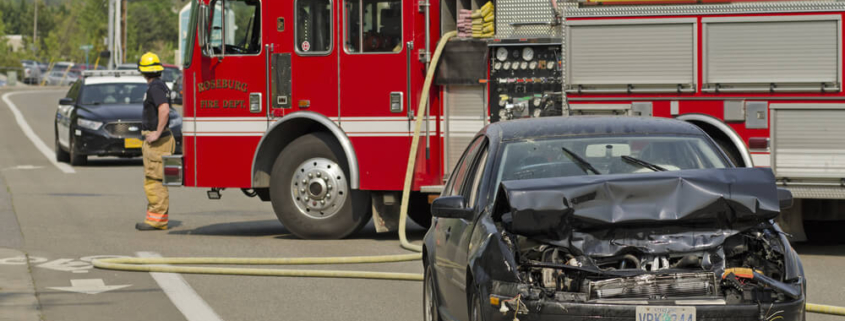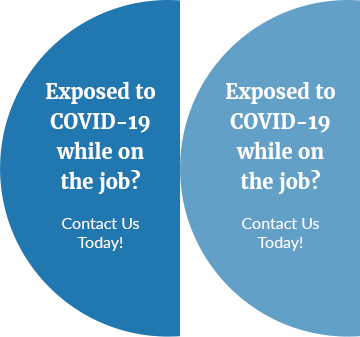Are Auto Accidents More Common in Rural or Urban Areas?
If driving safety is a top priority for you, you’ve likely thought about small changes you can make to your driving habits to stay safe. That may include changing your routes or the time of day you drive. This brings up a common question: are accidents more common in rural areas or urban regions?
Explore national crash trends and find out how they affect your driving choices. If you’ve been injured in a crash, it’s time to talk to Caroselli, Beachler & Coleman about your legal options. Give us a call at 866-565-4949 to set up a consultation now.
Risk Factors in Urban Areas
If you ask most people where it’s most dangerous to drive, they’re likely to answer “urban areas.” Head to the downtown region of any major city and it’s easy to see why. People are impatient, roads are narrow, and traffic is bumper-to-bumper. Some of the accident risk factors you’ll find in urban areas include:
- Dense traffic: Traffic is just a fact of life in the city, and that definitely makes accidents more likely. On top of that, traffic is frequently stop-and-go. This puts distracted or aggravated drivers at greater risk of rear-ending someone.
- Impatient drivers: City drivers always seem to be late for something, which you’ll see if there’s ever a delay or a slow pedestrian. Frustrated drivers are more likely to make critical mistakes when it comes to roadway safety.
- One-way roads: Many cities have complex networks of one-way roads. This means that if someone misses a turn, it’s not as easy as taking the next turn. They may have to fiddle with their GPS navigation or try to find an alternate route, which makes it harder to focus on the road.
- Lots of pedestrians: Walkable cities are full of pedestrians and bicyclists, many of whom aren’t particularly skittish around cars. Drivers must be ready to stop on a moment’s notice to avoid collisions.
Risk Factors in Rural Areas
That isn’t to say that rural areas are an accident-free utopia. Rural areas come with their own unique dangers, including:
- Wildlife: You’re far more likely to see deer and other wildlife on rural roads. At night, it can be very hard to stop in time to avoid a messy and dangerous crash.
- High-speed limits: Rural areas generally have higher speed limits than urban areas, increasing the likelihood of a crash.
- Speeding drivers: Drivers in rural areas are often very familiar with their surroundings. If you’re in an unfamiliar area, be prepared to encounter drivers who are annoyed with your pace.
- Limited road markings: Lights, signage, and traffic lights are much more sparse in rural regions than in other areas.
- Slow emergency response times: Should you be involved in an accident in the country, be ready to wait for help. The emergency response time is generally much slower than it is in the suburbs or in the city.
What the Statistics Say
While there are slight differences in research findings, they do generally agree with each other. In 2020, the NHTSA reports that there were almost 39,000 traffic deaths. Of those, about 55% were in urban regions and 45% were in rural areas. This may make it appear that urban areas are more dangerous than rural regions.
Consider this: only 19% of the population lives in rural areas. This means that fatalities in rural areas make up more than their fair share of total traffic fatalities. There are numerous reasons this may be the case.
The risk factors outlined above may outweigh the dangers present in urban areas. Additionally, the CDC notes that drivers in rural areas are less likely to wear seatbelts than their urban counterparts. Seatbelt rates in rural counties were nearly 20% lower than those in urban counties.
Explore Your Legal Options with Caroselli, Beachler & Coleman
Whether you were injured in a real or urban crash, you deserve high-quality legal representation as you fight for fair and full compensation. It’s time to talk to the team at Caroselli, Beachler & Coleman. Set up your free consultation with us now by calling us at 866-565-4949 or reaching out to us online.






